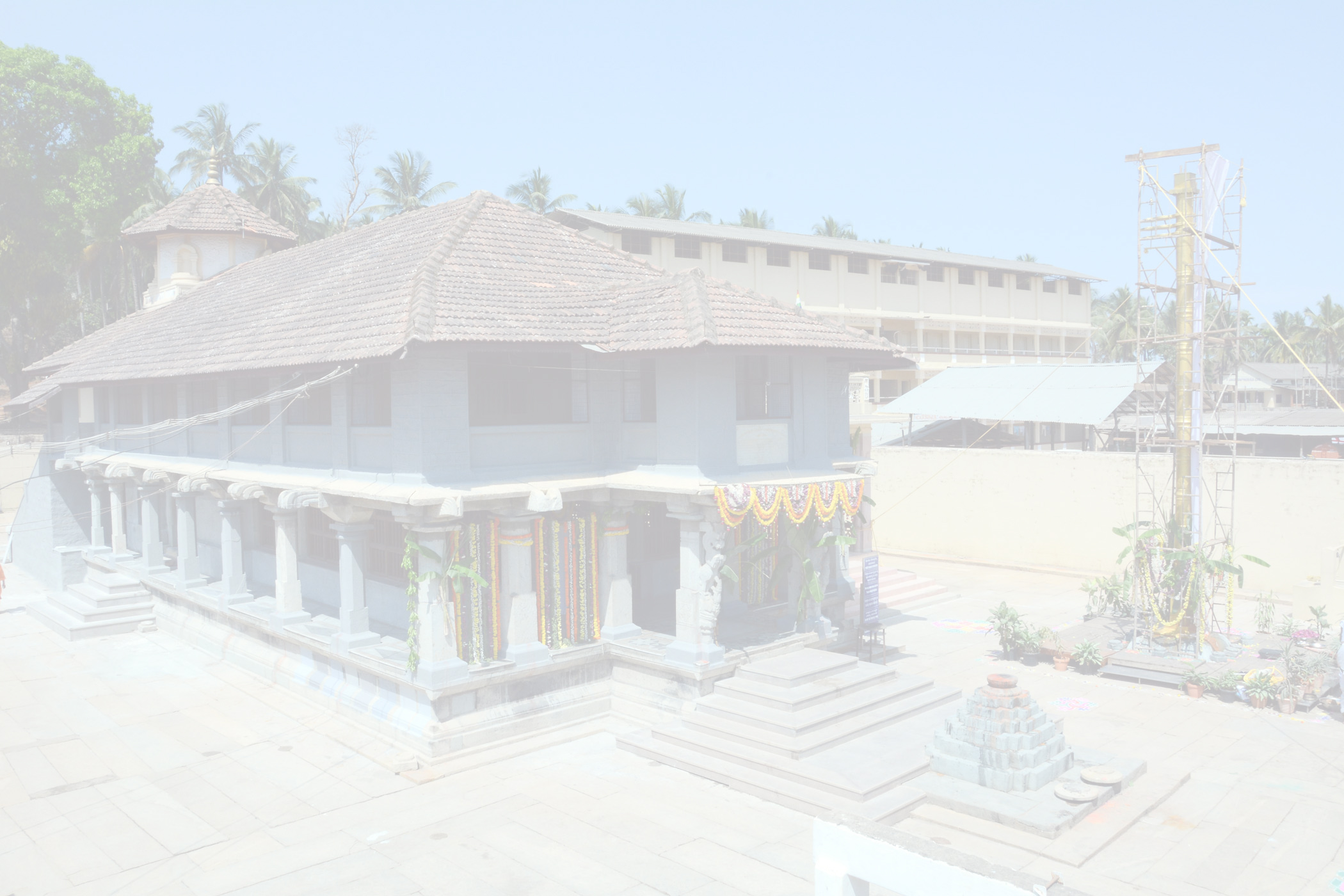Tirthankar
In Jainism, a Tirthankar (“Fordmaker or Propagator”; also Tirthankara or Jina) is a human being who achieves enlightenment (perfect knowledge) through asceticism and who then becomes a role-model teacher for those seeking spiritual guidance. A Tirthankar is a special sort of arihant, who establishes the fourfold religious order consisting of monks, nuns, laymen and laywomen after achieving omniscience. Every Tirthankar revitalises the Jain order. A Tirthankar is so called because he is the founder of a “Tirth” (literally, ‘ford’), a Jain community which acts as a “ford” across the “river of human misery”.
Tirthankar Parshwanath
Parshwanath (c. 877–777 BCE) or Pārśva, Pārśvanātha, or is the twenty-third Tirthankar in Jainism. He is the earliest Jain Tirthankar who is accepted historically.
Lord Parshwanath, Parshwanath Temple, Hombuja.
In Jainism though all the Tirthankara idols look alike they are identified through their symbols. Like wise Lord Parshwanath is identified with the symbol of a snake and usually we find hoods of a naga (snake deity) above the idol shading the head. This nāga usually has three, seven or eleven heads. Dharanendra Deva and Goddess Padmavati are Yaksha and Yakshi to the 23rd Tirthankara Lord Parshwananth. Similar to Lord Parshwanath we can find snake hoods above the head of Dharanendra Yaksha and Padmavathi Yakshi. The Yaksha Dharanendra and the Yakshi Padmavati are often shown flanking him.
Legend Related to Lord Parshwanath, Yaksha Dharanendra & Yakshi Padmavati
Parshwanath was walking one day when he saw an old man next to a fire. With a special type of knowledge called Avdhignan he could tell that a pair of snakes was in one of the logs in the fire. He quickly warned the man that he was burning the snakes, but instead of acting rapidly to save them, the man became angry at Parshwanath and denied the presence of the snakes. Parshavanath pulled out the right log and put it out, then gently split it, revealing two badly burned snakes. He recited the Namokara Mantra, a prayer, for them before they died. The two nagas reincarnated to become the two Yakshas, Dharanendra and Padmavati.
The below table gives out a brief overview of the important aspects related to Lord Parshwanath –
| Father’s Name: | Vishwasena |
| Mother’s Name: | Vamadeva |
| Body Colour: | Green |
| Birth Place: | Kashi |
| Family of Birth: | Ugra |
| Symbol: | Snake |
| Sun Sign: | Scorpio |
| Life Span: | 100 years |
| Height: | 9 hands |
| First Person to Donate Food: | Dhyanaambhara |
| Period of Medidation: | 4 months |
| Omniscience attained under the tree: | |
| Ganadhara: | Swyambhu and other 10 members |
| No. of Muni’s During Samavasarana: | 16000 |
| No. of Aryikas During Samavasasarana: | 38000 |
| No. of Shravaka’s During Samavasarana: | 164000 |
| No. of Shravika’s During Samavasarana: | 377000 |
| Chief Aryika: | Sulochana |
| Chief Listener: | Ajitha |
| Yaksha: | Dharanendra |
| Yakshi: | Padmavathi |
| Place of Attaining Salvation: | Sammedagiri Suvarnabhadrakuta |
| Day of Garbha Kalyan: | Vaishaka Krishna 2 |
| Day of Janma Kalyana: | Pushya Krishna 11 |
| Day of Diksha Kalyana: | Pushya Krishna 11 |
| Day of Kevala Jnana Kalyana: | Chaitra Krishna 4 |
| Day of Nirvana Kalyana: | Shravana Shukla 7, Mukuta Sapthami |

